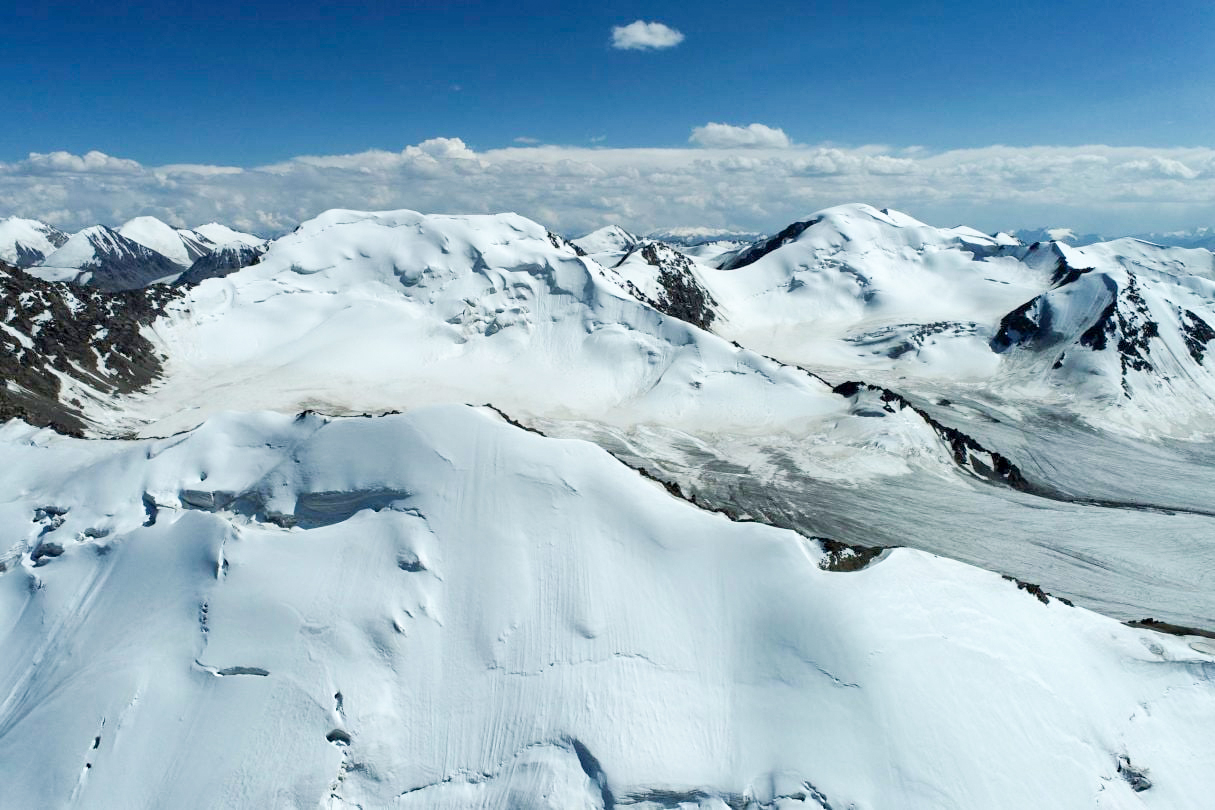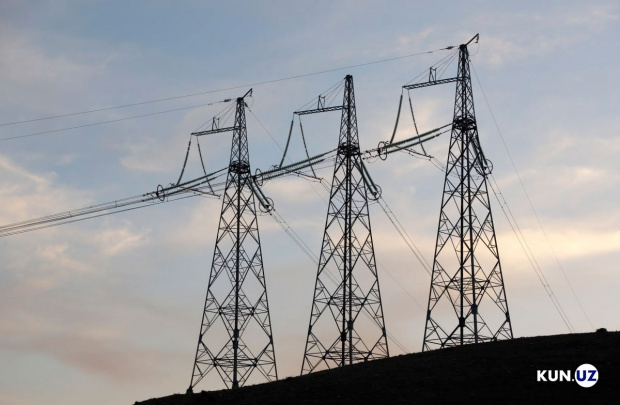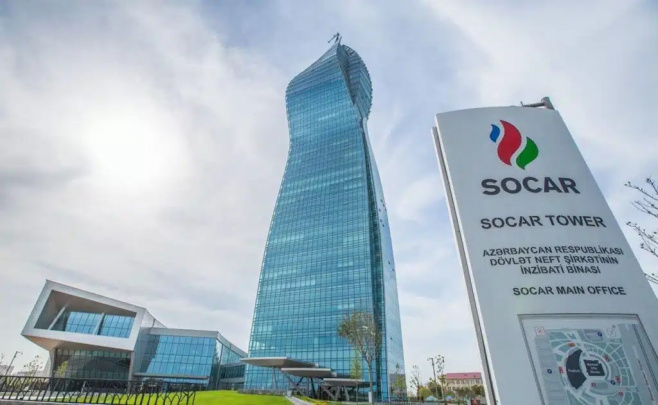Glacier meltdown threatens Central Asia’s water and energy security
By 2050, Central Asia may lose one-third of its glaciers, posing significant risks to the region's water, food, and energy security. This stark warning was voiced by Bahodir Sheralizoda, Chairman of Tajikistan’s Environmental Protection Committee, during a climate panel at COP29.

Tajikistan, home to over 14,000 glaciers, accounts for 60% of Central Asia's water resources. Sheralizoda highlighted the alarming rate of glacier loss, noting that over 1,000 glaciers in Tajikistan alone have disappeared in the last 30 to 40 years. “This rapid melting threatens the region's stability and sustainability,” he emphasized.
In response, Masatsugu Asakawa, President of the Asian Development Bank (ADB), announced plans to invest $3.5 billion over the next seven years in initiatives aimed at protecting glaciers and promoting sustainable agriculture. The funding is expected to bolster resilience among millions of Central Asians reliant on glacier-fed water resources amid increasingly erratic climate patterns.
Regional stakeholders also underscored the need for collective action. Mukhtar Babayev, Azerbaijan’s Minister of Ecology, stressed that a unified approach is essential to address the consequences of glacier loss. He warned that the worsening climate crisis and shrinking glaciers could exacerbate water shortages, with dire effects on agriculture and ecosystems across Central Asia and the Caucasus.
This growing environmental challenge demands coordinated regional efforts to mitigate its impact and secure the future of millions dependent on these critical water resources.
Recommended
List of streets and intersections being repaired in Tashkent published
SOCIETY | 19:12 / 16.05.2024
Uzbekistan's flag flies high on Oceania's tallest volcano
SOCIETY | 17:54 / 15.05.2024
New tariffs to be introduced in Tashkent public transport
SOCIETY | 14:55 / 05.05.2023
Onix and Tracker cars withdrawn from sale
BUSINESS | 10:20 / 05.05.2023
Latest news
-
Fake traders scam people in Uzbekistan with promises of 25x returns in one hour
SOCIETY | 18:25
-
Uzbekistan boosts electricity exports amid ongoing outages
SOCIETY | 16:58
-
Ecological Party questions legality of tree cutting and construction in Tashkent’s Mirabad district
SOCIETY | 16:56
-
UAE eases driving regulations for tourists from Uzbekistan
SOCIETY | 16:55
Related News

16:58
Uzbekistan boosts electricity exports amid ongoing outages

19:07 / 22.07.2025
Uzbekistan to deepen energy sector ties with Russia’s Gazprom Neft

15:21 / 22.07.2025
Azerbaijan’s SOCAR to begin oil exploration in Uzbekistan’s Ustyurt region

12:51 / 22.07.2025



